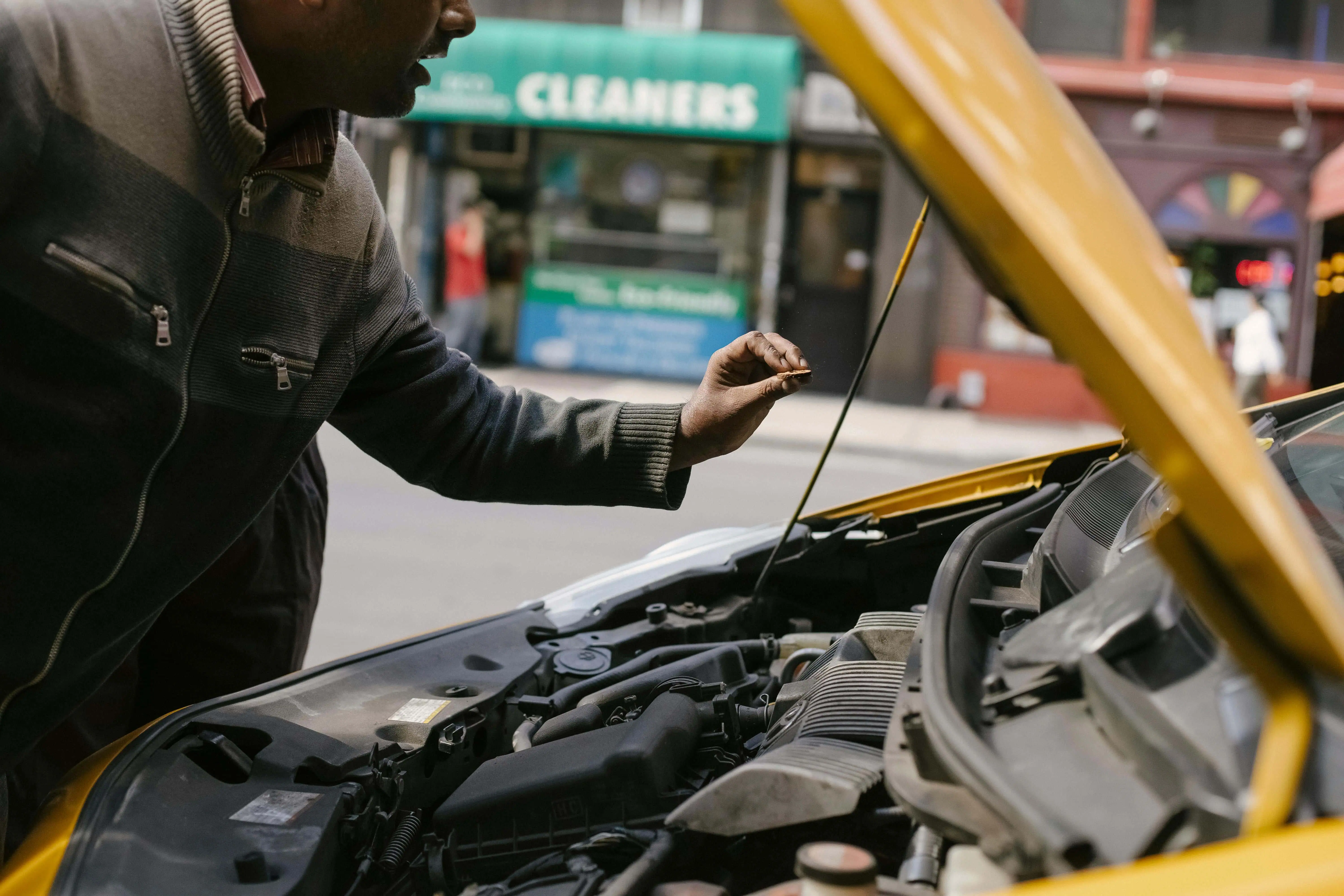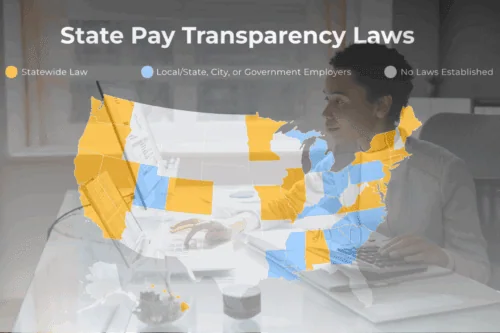The recent UAW(United Automobile Workers) strike highlights workers’ struggles and aspirations in modern industries’ increasingly challenging landscapes. This critical event in the automotive sector sparks important conversations about workers’ rights, corporate responsibilities, and the future of labor in America.
For entry-level job seekers, understanding such significant labor movements provides valuable insights into the dynamics of employment, union power, and advocacy. This guide aims to unpack the complexities of the UAW strike, explaining its causes, impacts, and broader implications for workers across industries.
Whether you are just starting your career journey or seeking to align with a workplace that prioritizes fairness and diversity, this guide looks into how collective action shapes the working world. Gain a deeper understanding of why such strikes occur, what they aim to achieve, and how they can result in meaningful change.
Understanding the UAW Strike: An Overview
Before we delve deeper into the reasons and impacts, let’s explore the UAW strike. The United Auto Workers (UAW) strike represents a significant movement by workers demanding better wages, benefits, and working conditions. Growing concerns over job security and fair labor practices in the automotive industry fuel it.
Key Components of the UAW Strike
- Scale: This strike, which involved thousands of workers across multiple states, is monumental in scale and highlights significant discontent with current industry standards.
- Demand for Change: Central to the strike are demands for higher wages, improved benefits, and better working conditions, reflecting broader issues within labor markets.
- Industry Impact: As auto manufacturers are major employers in the U.S., the strike has wide-reaching implications for production and supply chain dynamics.
This movement is not just a local event but taps into larger trends of labor rights in American industry, pointing to a significant shift in worker-employer dynamics.
Visit the U.S. Department of Labor’s website to learn more about labor rights and regulations in the U.S.
With these basics in mind, the next sections will delve deeper into why the strike occurred, its impact, and the responses from various stakeholders. Understanding these components helps grasp the full scope and significance of the UAW strike.
Why Did the UAW Strike Happen?
Several key factors ignited the UAW strike, culminating in widespread dissatisfaction among the workforce. Let’s break down the root causes behind this substantial action.
Central Issues Leading to the Strike
- Wage Stagnation: Despite rising living costs, wages for many workers have not kept pace, leading to growing financial strain.
- Inadequate Benefits: Workers criticized the lack of substantial healthcare, retirement benefits, and job security measures.
- Contract Disagreements: Disputes over contract terms, particularly regarding seniority, layoffs, and outsourcing, have been contentious.
Furthermore, for a broader context on labor disputes and rights, the National Labor Relations Board (NLRB) provides resources and guidelines on labor relations practices in the U.S., which influenced the UAW’s decision to strike.
The convergence of these issues not only fueled the need for collective action but also revealed the systemic challenges that needed to be addressed to ensure fair and secure working conditions for UAW members.
Impact of the UAW Strike on the Automotive Industry
The UAW strike has had significant ripple effects across the automotive industry. It has influenced both production and economic aspects on a large scale.
Production Setbacks
- Assembly Line Halts: Key manufacturing plants slowed or stopped production, causing widespread disruptions.
- Supply Chain Delays: Component shortages arose as just-in-time supply chains faced unexpected halts.
Economic Effects
- Financial Strain on Companies: Automakers experienced direct financial hits, with daily losses running into millions.
- Stock Market Responses: Investor uncertainty led to fluctuating stock prices for companies involved in the strike.
Additionally, the strike brought broader economic concerns to light, affecting related industries and consumer markets. As a result, local economies where automakers operate felt the strike’s impact deeply.
Thus, the UAW strike has been more than a dispute; it’s a pivotal event that has reshaped industry practices and economic landscapes.
Responses from Companies and Government
The UAW strike prompted various responses from automotive companies and government entities, all of which aimed to address the workers’ grievances and restore normal operations.
Company Reactions
- Negotiations: Many companies returned to the bargaining table, offering new terms to try to end the strikes.
- Public Statements: Automakers issued statements acknowledging the strike’s issues and expressing commitment to finding solutions.
Government Intervention
- Mediation Offers: Federal mediators were sometimes dispatched to facilitate negotiations between the UAW and automotive companies.
- Legislative Actions: Some legislators proposed bills to improve labor rights, influenced by the strike’s visibility.
The proactive steps taken by both companies and the government demonstrate the significant impact of the UAW strike on the industry and public policy. These efforts underline a broader recognition of the need to maintain labor harmony for economic stability.
Moreover, exploring the Bureau of Labor Statistics website can provide further insight into labor trends and statistics, which are crucial in understanding the economic contexts of such disputes.
Worker Rights and Union Efforts
The UAW strike has notably advanced the conversation around worker rights and the power of union organizations.
Strengthening Worker Rights
- Advocacy for Fair Pay: Central to the strike is the fight for fair compensation reflective of skilled labor demands.
- Health and Safety: There is a significant push for safe working environments, especially critical in industrial settings.
Union Collaboration
- Collective Bargaining: The UAW has leveraged collective bargaining to negotiate better terms, demonstrating union strength.
- Union Solidarity: Other unions have shown support, which bolsters efforts and highlights unity.
This increased awareness of labor rights is crucial for protecting workers and ensuring equitable treatment across industries.
For further reading on workers’ rights regulations, the Occupational Safety and Health Administration (OSHA) provides comprehensive guidelines and resources.
Therefore, the UAW strike’s contributions extend beyond immediate workplace grievances to broader implications for labor-rights advocacy and industry standards.
Diversity and Inclusion in Union Movements
The UAW strike underscores a crucial aspect of the labor movement: advancing diversity and inclusion within unions and workplaces.
Fostering Diverse Leadership
- Representation Matters: UAW leadership focuses on increasing diversity in its ranks, reflecting its membership’s demographics.
- Equal Opportunities: Ensuring that all members, regardless of background, have access to leadership roles and a voice in union activities.
Creating Inclusive Work Policies
- Inclusive Negotiations: Contract negotiations now more consciously include provisions that benefit a diverse workforce, such as equitable pay and anti-discrimination policies.
- Supportive Environments: A key goal of union efforts is encouraging workplaces where all workers feel safe and respected.
This focus on diversity and inclusion strengthens the union and enhances overall workplace culture, leading to more robust advocacy for all workers.
The union movement’s commitment to diversity illustrates a forward-thinking approach to labor rights. It ensures that the benefits of unionization are accessible to every member, regardless of their background.
Worker Testimonials: Voices from the UAW Strike
Hearing directly from those at the heart of the UAW strike provides deeply personal insights into the day-to-day impact and emotional drive behind the movement.
Personal Stories
- Challenges Faced: Workers share their financial instability and job security struggles that prompted them to strike.
- Hope for Change: Many strongly desire significant improvements in their working conditions and livelihoods.
Community Impact
- Family Support: Stories often highlight the support from families and local communities, underscoring the strike’s broader social impact.
- Public Perception: The strike’s visibility has helped increase public awareness and support for labor issues.
These testimonials humanize the UAW strike and amplify its significance beyond mere statistics or economic analyses.
For those wishing to understand more about labor activism, the AFL-CIO’s website offers resources and articles that delve into the powerful narratives of union members across various sectors.
Encountering these real-life stories encourages a broader dialogue about what it means to fight for workers’ rights in today’s economic landscape.
FAQs
Common questions about the UAW strike help clarify this significant labor movement’s key aspects and implications.
What does UAW stand for?
UAW stands for United Auto Workers, a major union representing workers in various industries, primarily automotive.
What were the main reasons for the UAW strike?
The strike stemmed from demands for better wages, benefits, and work conditions, reflecting wider labor rights issues.
How did the UAW strike affect the automotive industry?
It led to production halts and economic strains, significantly impacting supply chains and global markets.
What actions did companies and the government take?
Companies revisited negotiation terms, while the government sometimes intervened to mediate, aiming to resolve the conflicts.
How does the UAW strike promote diversity and inclusion?
The movement strengthens diversity in union leadership and emphasizes inclusive policies that benefit all workers.
Are there resources to learn more about labor rights?
Yes, websites like the Bureau of Labor Statistics and AFL-CIO provide extensive data and resources on labor rights and issues.
The UAW strike highlights crucial issues within labor industries and underscores the ongoing need for equitable treatment and worker advocacy.
Conclusion
The UAW strike has underlined essential discussions about fair labor practices, the significance of union movements, and the imperative of inclusive workplaces. It serves as a reminder of workers’ ongoing challenges and the powerful role that organized efforts can play in advocating for change.
As we witness these evolving labor dynamics, all stakeholders must foster environments that respect and enhance workers’ rights. This is beneficial for the employees and the industries at large, contributing to sustainable business models and more robust economies.
Join the Movement for Diversity and Inclusion
If the principles of equity and inclusivity drive you, forget other job search websites and join Diversity Employment. By participating, you contribute to the collective effort toward better workplace diversity and support initiatives promoting all workers’ rights.




